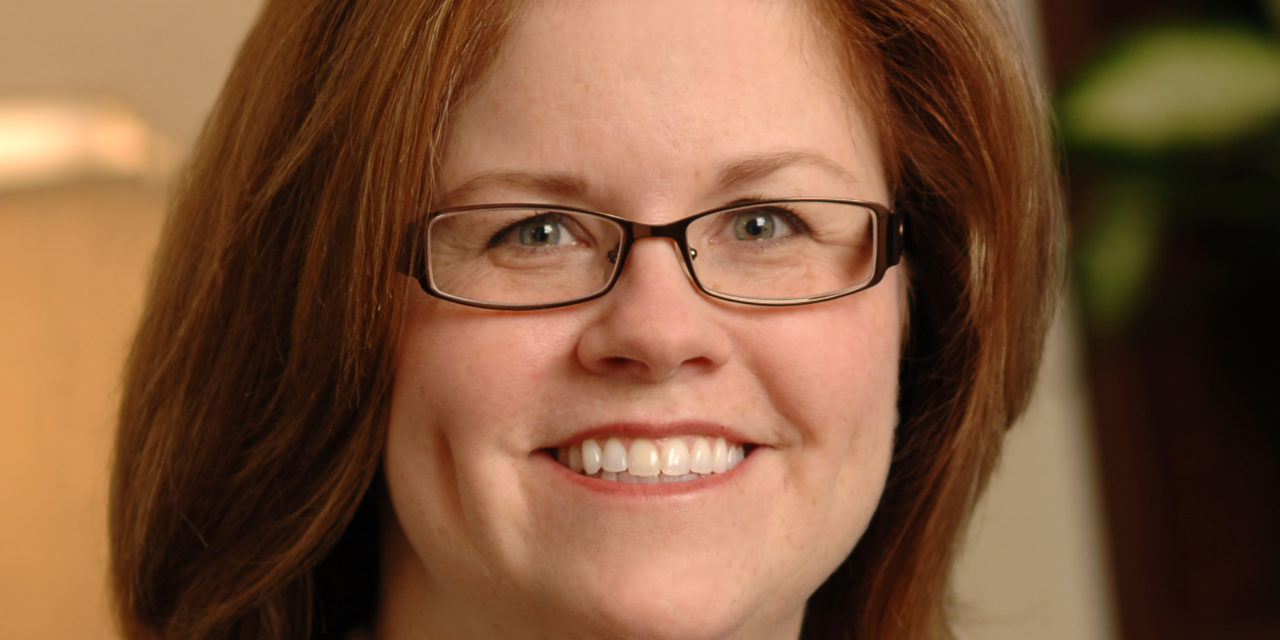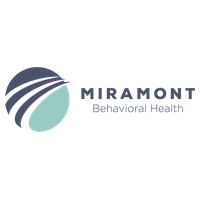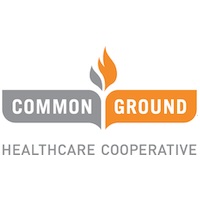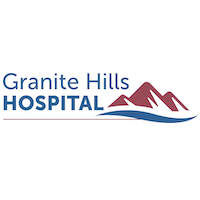
Ascension’s Racine facilities restart non-urgent care as county COVID-19 trends improve

This week, Ascension Wisconsin announced plans to begin a phased process to resume non-urgent and medically necessary procedures, as well as primary and specialty care clinic appointments, in Racine.
Ascension began phasing in services across its system last month, with the timing varying across Wisconsin in line with state and federal guidelines as well as the system’s safety and infection prevention protocols.
Racine County has the highest positive COVID-19 case rate per 100,000 people in the state, according to Department of Health Services data. As of Thursday, there were 2,053 cumulative confirmed cases in the county, the third highest in the state behind Milwaukee and Brown counties.
Ascension All Saints Hospital President Kristin McManmon said the pandemic posed major challenges, but that the hospital and its team of providers adapted.
“I saw our mission alive and at some of its strongest moments through this process,” she told Wisconsin Health News Thursday.
Edited excerpts from the interview are below.
WHN: Why are you beginning to reintroduce these services now?
KM: At the beginning of the onset of the pandemic, as we were preparing for a pending surge of COVID-positive patients in the hospital, we postponed and deferred elective, scheduled procedural and surgical cases and other diagnostic and therapeutic interventions. That was so we could focus on being ready for the surge and manage through the surge. So what we would do is track the data on the COVID-positive tests in the county and the disease’s prevalence in the county and in our overall HERC (healthcare emergency readiness coalition) region, which we’re in region seven, so we’d look at that activity. And in addition to that, we would look at the number of hospitalized COVID positive or persons under investigation that appear to have symptoms of COVID but the test results were pending.
Once we got to a peak – I would say our peak inpatient volume was around May 21 – then we started watching for a decline. And what we were looking for was a 14-day decline in our hospital activity and an improvement in our overall HERC trends. That really allowed us to redirect resources. We already have processes in place so people can safely enter the building. We really worked hard to reduce traffic for all the right reasons. Now we’ve been moving ahead with opening about 25 percent of that elective scheduled volume.
WHN: How does your reopening compare with the reopening across the system?
KM: Of the hospitals across Ascension Wisconsin, Racine and St. Francis Hospital on the south side of Milwaukee are the two that were really the last to enter into this reopening phase. And in the week of May 4, we reopened, for example, Franklin hospital. That was because we were looking at the same information I described – what’s going on in our HERC region, what’s going on in our county and what’s going on in our hospital. In Franklin, we saw that peak earlier in the pandemic and then it leveled out and we were able to reopen.
In Racine, when you look at the numbers, Racine really didn’t see a surge – the hospital didn’t see what I’ll call the peak of its surge – until the third week of May. And the county started seeing numbers ticking up around that time as well when you look at our county data. And there’s lots of speculation about that, but what we do know is that we were seeing the rise at a different point of time than in other parts of the state.
WHN: Why was that peak at a different time?
KM: As I always point out myself, I’m not an epidemiologist and I don’t represent the public health department. But for our numbers in Racine, I think the surge activity more closely aligned with what was south of us than what was north of us. So what you saw happening in Kenosha County and then happening in the northern counties of Illinois, who were seeing their increased activity in and around the same time frame that we were, compared to Milwaukee County.
WHN: Racine County has the highest positive case rate per 100,000 people in the state. What led that to that?
KM: I really defer to our professionals in public health to really shine a light on that. We work closely with them…But I can tell you based on our hospitalized cases, there were a few periods of time that we saw some of our surges, so we’ll talk about the timing of those. The first kind of increase we see in inpatient activity was about 10 days after Easter. Then the next that we saw was about nine, 10 days after really the first really nice, warm day we had, which was on Friday, May 1. And May 2 was also a nice day. And we saw increased activity after that date. The third one we saw was nine days after Mother’s Day, that peak. And the next one that we saw was nine days after Memorial Day, with the peak happening 11 days after Memorial Day…
So here are the things we know. We know that it’s not exactly exciting information, it’s repetitive information, but it’s important information. Hand hygiene is critical. We know that people need to socially distance whenever possible, and that distance at six feet. We know that masks are helpful. We use them in a healthcare setting and we use specialized masks in our COVID care areas. But wearing masks, washing your hands, socially distancing whenever possible are really, very, very important in this process. It’s curious that some of these dates that we started seeing were after some more communal activities.
The other piece that we saw that’s been an inpatient trend has been that at the early part of the pandemic, we saw kind of an equal distribution, if you will, across various ethnicities. That shifted at the point that we were beginning to surge. And we saw a higher prevalence of African Americans and Hispanic patients. We worked and partnered with the public health department to modify and improve our materials and information that was going out, update the information. We produced a video of one of our Spanish-speaking physicians who provided information about how to stay safe at home in a more realistic way and then that was posted on the public health department’s website. Then we partnered with the area school district to use their distribution channels to share that information as well. Then we met with leaders in the African American community and area churches as well as Hispanic community groups and churches to again help with getting the message out to their constituents and those that they interact with to help influence those numbers.
WHN: What are your concerns going forward?
KM: The concern looking forward, I think, is nationally and globally where we are in terms of a timeline for a vaccine. It’s really largely unknown right now. Until we have that, it’s questionable if we’ve created enough immunity in our community to prevent emergency room visits and continued admissions and outbreaks.
That said, we know it’s with us for a while. So when I look ahead, if we start seeing any increases, we still have all of the plans and the work that we’ve done up until this point to rely on and to use if we need…
The concern that I have looking forward is the convergence of having COVID disease prevalence still in our community as we enter the flu season. In Racine, our pediatricians tell me that once the schools closed earlier this year and we moved to a virtual platform, they saw the wave of influenza stop immediately. We know the power of social distancing and that through some of those communal activities, there is disease spread. So depending on what happens this fall, I would anticipate unless our flu vaccine is completely on point and a lot of people get the flu vaccine, we will have influenza again this fall. And we will still have COVID in our population. So at any point of time, we could have similar volumes of both populations in the hospital. So we’re just keeping a very close eye on that.
Wisconsin Health News is removing the password on all stories related to the coronavirus. For the latest developments follow us on Twitter at @wihealthnews or check out our website. For complete healthcare coverage, sign up for a free trial to our daily email newsletter.











.jpg?bwg=1612548324)



















